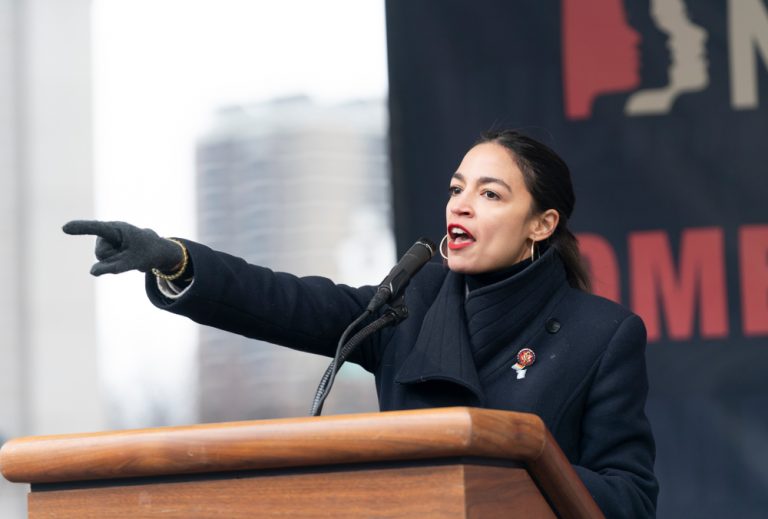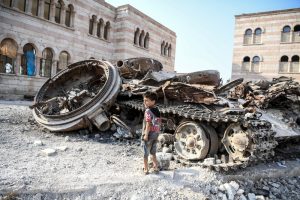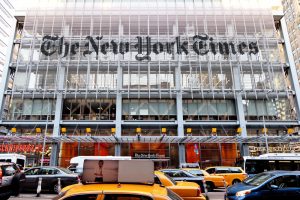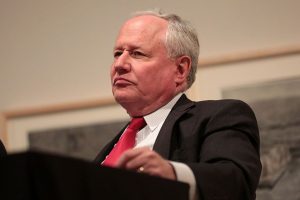News and views on U.S.-Iran relations for January 12:
- Tablet Magazine: Hudson Institute Visiting Fellow Lee Smith writes, “Arabs are not winning an information war against Israel, nor anything else for that matter. Rather, the stories and lies they tell to delegitimize the Jewish state are part and parcel of the war that they have been waging against themselves, and with stunning success.” In his attack on Arab culture, he groups Iran with the “Arabic speaking Middle East” and observes, “Culture is more powerful than technology, and how a society uses any given technology is determined by its culture. This is why no one wants the Islamic Republic of Iran to have a nuclear bomb, but no one has a problem with France’s weapons program.”
- The Wall Street Journal: Ilan Berman, vice president of the American Foreign Policy Council, writes that, for Iran’s hard-liners, Iran’s Green Movement is still a force to be reckoned with. Berman cites the crackdown on Green Movement leaders and observers, “If the Green Movement were truly a spent force, Iranian officials would be far less preoccupied with containing and discrediting its remnants.” He concludes, “That Iran’s leaders appear to believe otherwise suggests that they understand well what many in the West do not: the Green Movement itself may be on the ropes, but the larger urge for democracy that it represents isn’t dead. It is simply hibernating.”
- Commentary: Jonathan Tobin writes on Commentary’s Contentions blog that Roger Cohen’s column, on the Jewish community in Iran that was published two years ago, was brought about because “The Times columnist’s motive for trying to soften the image of that openly anti-Semitic government was to undermine support for sanctions or the use of force to prevent Iran from obtaining nuclear weapons.” Tobin cites reports that the Tomb of Mordechai and Esther—the central characters in the Jewish story of Purim— in the city of Hamdan has lost its official status as a religious pilgrimage site. “While we cannot know whether the Iranians will follow through on this threat and actually tear down the tomb or transform it into a center of anti-Jewish hate, it does provide yet another insight into the virulent nature of the attitudes of those in power there,” he writes. Tobin concludes, “Anyone who thinks that we can live with a nuclear Iran needs to consider the madness of allowing a government that thinks the Purim story should be reversed the power to do just that.”





The Iranian authorities only upgraded the site in November 2008 and from the sound of it they removed the sign to put off further demonstrations against its presence on Iranian soil.
Meanwhile, from the JTA:
In a letter to the United Nations Educational, Scientific and Cultural Organization Director-General Irina Bokova, the Simon Wiesenthal Center’s director for international relations, Dr. Shimon Samuels, urged UNESCO to “call upon the Iranian authorities to take appropriate measures to terminate this campaign of racism and desecration.”
“It is perhaps time for UNESCO and the World Heritage Committee to establish instruments for the universal protection of holy sites,” Samuels concluded.
Perhaps UNESCO should then be allowed to protect an important Muslim cemetery in West Jerusalme from gues who? Why the Simon Wiesenthal Center of course!